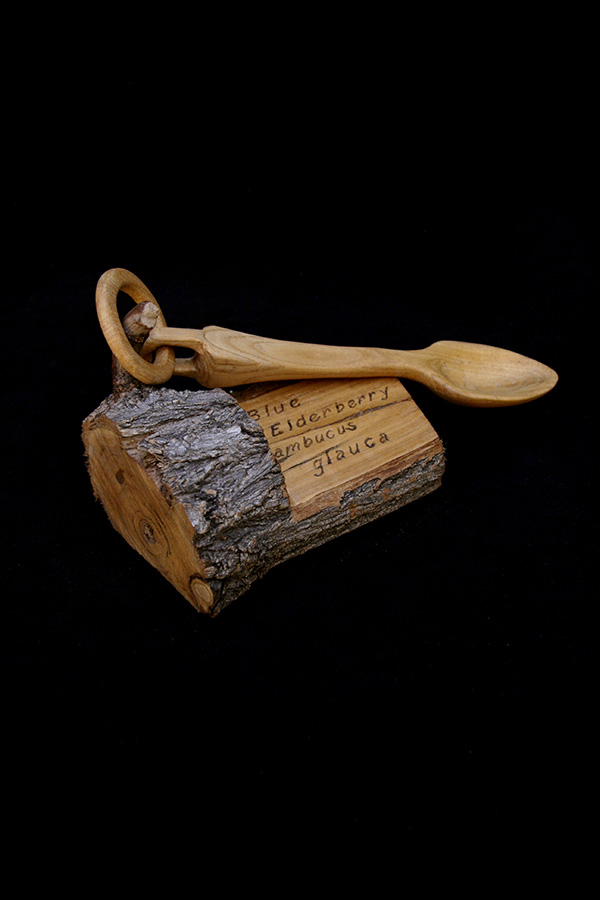
Scientific Name
Sambucus Cerulea
Blue elderberry is also called Blue Elder and Blueberry Elder.
Height
Up to 25 feet tall
A one-story house averages 10 feet tall. It would take 2 houses stacked on top of one another to reach the height of an Amabilis Fir.
Width
Up to 1 foot in diameter
The width of a large refrigerator/freezer is 3 feet
Uses
Whistles can be made by removing the inner pith and forming holes.
From the bark, a remedy for fever has been created.
Blue elderberry is also called Blue Elder and Blueberry Elder. The scientific name is Sambucus Cerulea. This small tree or large thicket-forming shrub often has several trunks and many branches. Its crown is rounded and compact. The tree derives its name from its bluish fruit. This tree grows to a height of 25 feet and a diameter of 1 foot.
The leaves are opposite, pinnately compound, and 5-7 inches long and 3/8 to 1 1/2 wide, paired except on the end and lance-shaped. They are yellow-green above and lighter underneath and often hairy. The bark is furrowed and gray or brown. The flowers are whitish and found in clusters. The 5-lobed flowers are only 1/4 inch wide, upright, and fragrant. The fruit is a dark blueberry, sweet, juicy, and thick. The berries are sweet and used for pies or preserves.
Location
The habitat for this tree is in moist soil near rivers, mountains, canyons, clearings, roadsides, and fencerows. It can also be found in open areas of coniferous forests. It ranges from south British Colombia along the coast to southern California, east in the mountains to Texas, and north to Montana.
Other Uses
Whistles can be made by removing the inner pith and forming holes. The California Indians made flutes in a similar way. From the bark, a remedy for fever has been created.
